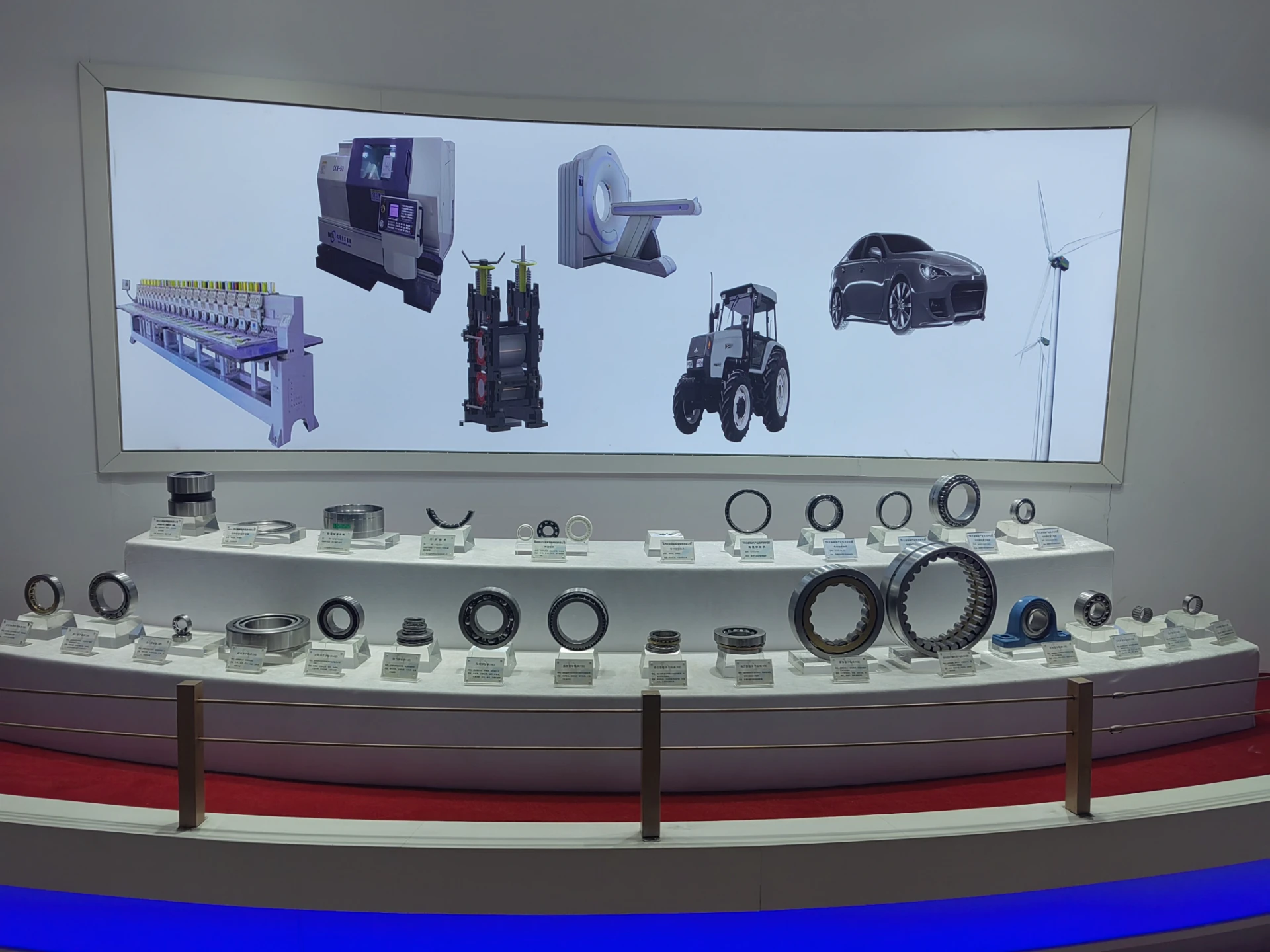
Dec . 02, 2024 08:03 Back to list
Taper Roller Bearing Size Guide for Optimal Performance Selection
Understanding Taper Roller Bearing Sizes A Comprehensive Guide
Taper roller bearings are crucial components in a multitude of machinery, providing support and reducing friction between moving parts. These bearings are designed to handle both radial and axial loads, making them ideal for applications like automotive transmissions, industrial equipment, and heavy machinery. Understanding the size specifications of taper roller bearings is essential for selecting the right component for your machinery, ensuring optimal performance and longevity.
What is a Taper Roller Bearing?
A taper roller bearing consists of an inner ring, an outer ring, tapered rollers, and a cage. The rollers are designed to roll within a conical raceway, allowing them to support both axial and radial forces. This design enables taper roller bearings to handle high loads while maintaining a small footprint, making them versatile in various applications.
Key Size Parameters in Taper Roller Bearings
When selecting a taper roller bearing, several key size parameters must be considered
1. Inner Diameter (d) This is the diameter of the hole in the inner ring. It must match the shaft size to ensure a snug fit and minimize vibration.
2. Outer Diameter (D) This refers to the outer diameter of the bearing. The outer diameter must fit into the housing, which has specific design constraints.
3. Width (B) The width of the bearing is the thickness of the inner and outer rings combined with the rollers. This dimension affects the load-carrying capacity and overall strength of the bearing.
4. Angle of the cone Taper roller bearings come in various cone angles, which play a significant role in determining the application. A larger angle typically allows for higher axial loads, while a smaller angle may be used in applications needing lower friction.
5. Load Rating Each taper roller bearing is rated for its load capacity. This rating depends on the bearing size and design. It is crucial to consider both static and dynamic load ratings when selecting a bearing for your application.
Taper Roller Bearing Size Chart
To facilitate selection, manufacturers often provide a taper roller bearing size chart. This chart lists various sizes and their associated parameters, including inner and outer diameters, widths, and load ratings. By consulting this chart, engineers and technicians can quickly identify the appropriate bearing size for their specific needs.
Importance of Accurate Sizing
taper roller bearing chart size

Accurate sizing of taper roller bearings is vital for several reasons
1. Performance Incorrect sizing can lead to improper fits, resulting in excessive wear, increased vibration, and, ultimately, bearing failure.
2. Installation An accurately sized bearing is easier to install, reducing the chances of damage during assembly.
3. Maintenance Bearings that fit well tend to have predictable maintenance schedules. Regular checks can be conducted without the worry of unexpected failures due to sizing issues.
4. Cost-Effectiveness Using the correct size can minimize replacement costs and downtime associated with bearing failures.
Selecting the Right Taper Roller Bearing
When selecting a taper roller bearing, consider the following guidelines
- Understand Your Requirements Identify the expected load conditions, speed, and temperature. These factors often dictate the right bearing size and type.
- Consult Manufacturer Charts Utilize manufacturer specifications and size charts to find the dimensions that meet your requirements.
- Consider Fit Ensure that both inner and outer diameters match the shaft and housing. Proper fit is crucial to bearing longevity and performance.
- Evaluate Quality Standards Look for quality certifications such as ISO and verify the reputation of the manufacturer to ensure you are getting a reliable product.
Conclusion
Taper roller bearings are integral components in various mechanical systems. Understanding their size specifications, including inner diameter, outer diameter, width, and load ratings, is vital for effective machinery design and maintenance. Consulting size charts and adhering to best practices in selection and installation can significantly enhance the performance and longevity of these bearings. Whether you are a designer, engineer, or technician, taking the time to understand taper roller bearing sizes will lead to better decision-making and more efficient operations.
Latest news
-
Premium Deep Groove Ball Bearings | High Speed & Reliability
NewsAug.29,2025
-
Durable Scaffolding Clamps - Secure & Reliable Tube Connectors
NewsAug.28,2025
-
Common Failures in Thrust Ball Bearings and Solutions
NewsAug.22,2025
-
How Tapered Roller Bearings Can Take Shock Loads
NewsAug.22,2025
-
Angular Bearings in High-Precision Spindles
NewsAug.22,2025
-
The Impact of Misalignment on Cylindrical Roller Bearing Performance
NewsAug.22,2025
